Asian Herb Garden: Information On Asian Herbs To Grow In Gardens
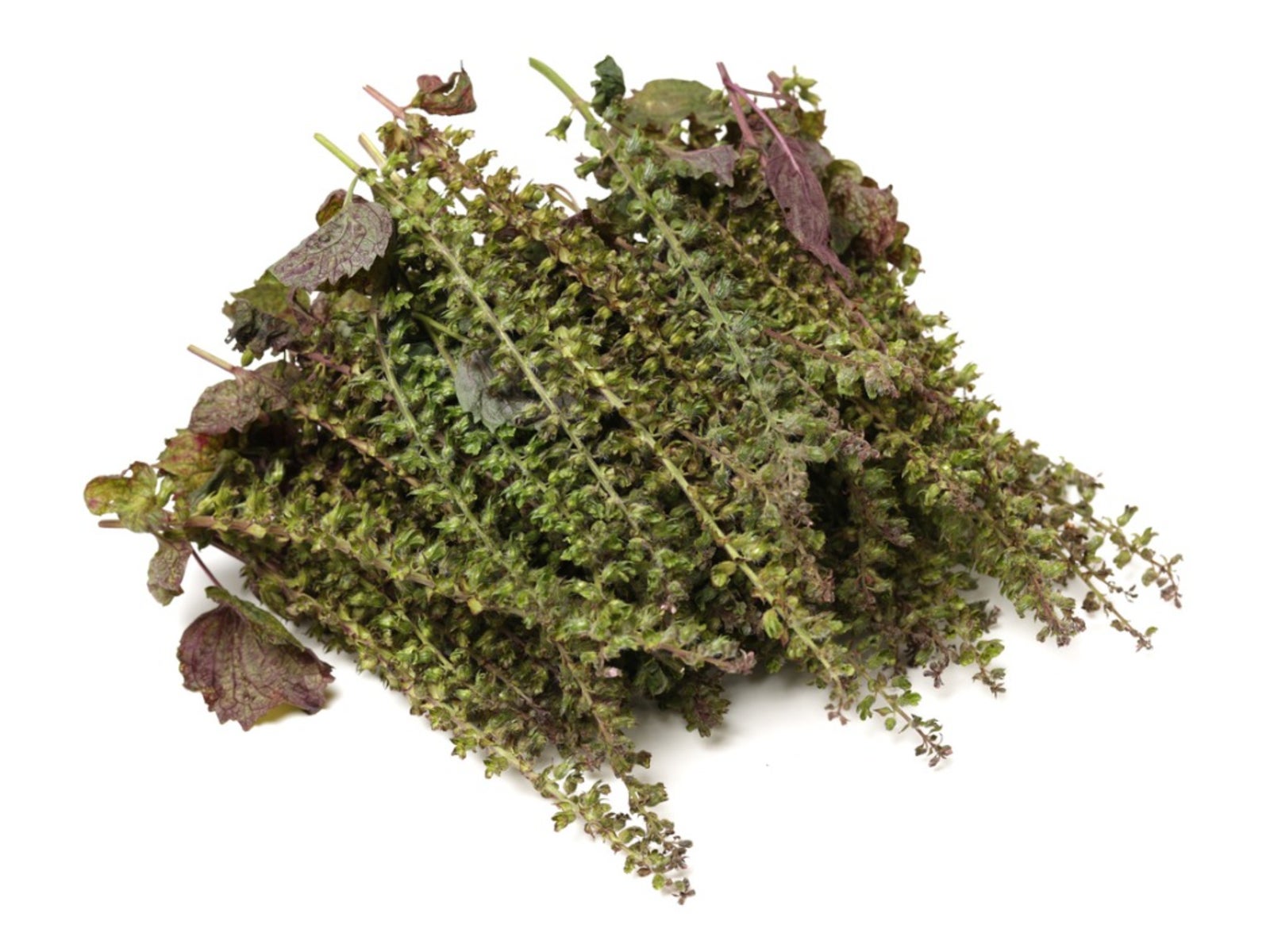

Eastern influences have become mainstream in the United States and other countries. The cuisines are rich in variety, healthy, colorful, steeped in flavor and nutrition, and widely available. Growing an Asian herb garden brings these exotic tastes and benefits to the home cook. If you are new to adventurous cookery you may wonder, what are Asian herbs? They are the products of centuries-old civilizations whose flexible and adaptive methods of cooking utilize cultured and natural plants for their medicinal, sensory, and healthful uses. There are many types of Asian herb plants to grow for almost any climate, or as potted herbs. Try a few and expand your culinary horizons.
What are Asian Herbs?
The tastes of China, Japan, Taiwan, Vietnam, Thailand, and East India are but a few of the stunning uses of Asian herbs. The regions dictate the prevalent flavors and plants, but there are lots of cross-cultural uses of the same herb, such as coriander. The wide array of Asian herbs contributes to the traditional style of food for each region. While Thai cooks may use Thai basil, small red chilies, and coconut milk as base flavors, black cumin and garam masala are featured in many Indian dishes. The necessity of local produce has directed the use of the native herbs for flavoring as well as medicinal purposes.
Types of Asian Herbs
There are so many types of Asian herb plants that a complete list would be impossible here. The most common ones and the varieties that are grown in North America are the most user-friendly and adaptable to many kinds of Asian cuisine. Along with a selection of Asian peppers, onions, leafy greens, and tubers, the complete Asian herb garden should have the following:
These are all easy Asian herbs to grow and seeds or starts are often available at garden centers.
How to Grow Asian Herbs
Herbs such as mint, oregano, thyme, and marjoram are notoriously hardy and simple plants to grow in the garden or in a container. Many of the Asian herbs require temperate to warm climates but they can also adapt to containers to raise in a sunny warm windowsill. Starting from seed is an inexpensive way to try your hand at exotic herb gardening. Follow the package instructions provided they are in English, or simply start them as you would any seed in flats or small pots. Most herbs need sunlight, warmth, and initial moisture and then can withstand some drier periods once the plants are mature. Starts should go out to the garden bed in a sunny location with good drainage once all danger of frost has passed. Watch for pests and avoid overhead watering as the plants may be sensitive to excess moisture and develop rust or fungal issues. Prune back woody varieties to force compact growth, remove dead plant material, and pinch off flowers, especially in plants like coriander or basil. Learning about how to grow Asian herbs can be a worthwhile endeavor that will give you interesting flavors and scents to play with in your kitchen year-round.
Gardening tips, videos, info and more delivered right to your inbox!
Sign up for the Gardening Know How newsletter today and receive a free copy of our e-book "How to Grow Delicious Tomatoes".

Bonnie Grant is a professional landscaper with a Certification in Urban Gardening. She has been gardening and writing for 15 years. A former professional chef, she has a passion for edible landscaping.
-
 Looking For Plants To Give You The Soft And Fuzzies? Try These 5 Fuzzy Leaf Plant Options
Looking For Plants To Give You The Soft And Fuzzies? Try These 5 Fuzzy Leaf Plant OptionsLovers of texture, drama, silver foliage and tactile plants will adore these special sensory garden additions. These fuzzy leaf plant options will leave you all aglow
By Susan Albert
-
 Get Ready For A Summer Of Hummers! Grow These Full Sun Hummingbird Plants and Flowers
Get Ready For A Summer Of Hummers! Grow These Full Sun Hummingbird Plants and FlowersIf you’re lucky enough to enjoy a sunny backyard, make sure you are maxing out on your pollinator opportunities and grow these full sun hummingbird plants and flowers
By Tonya Barnett
-
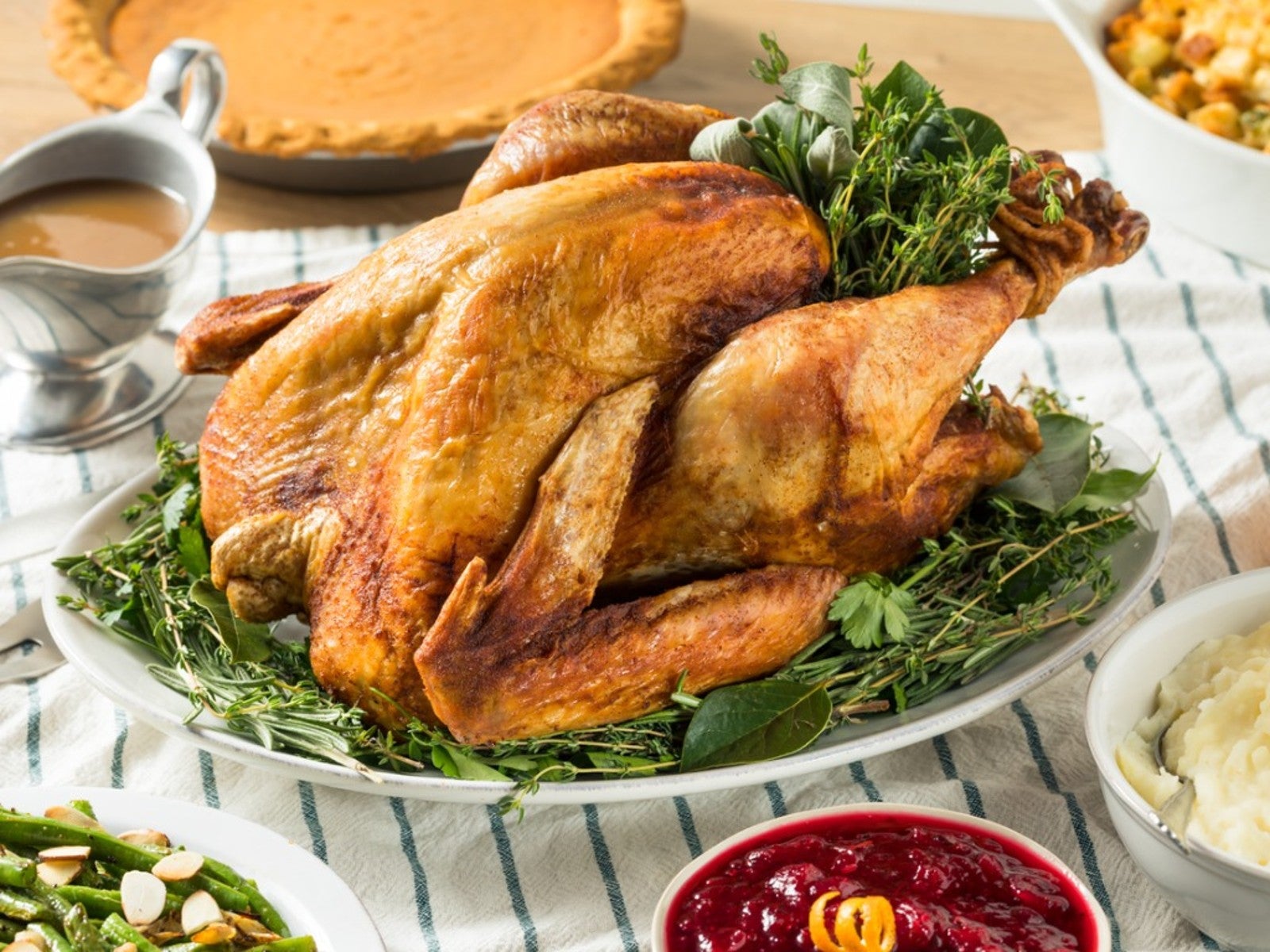 Grow Tasty Herbs For Roast Turkey In Your Garden
Grow Tasty Herbs For Roast Turkey In Your GardenCan you season your turkey with herbs you grow in your own garden? Yes! Click to learn more.
By Amy Grant
-
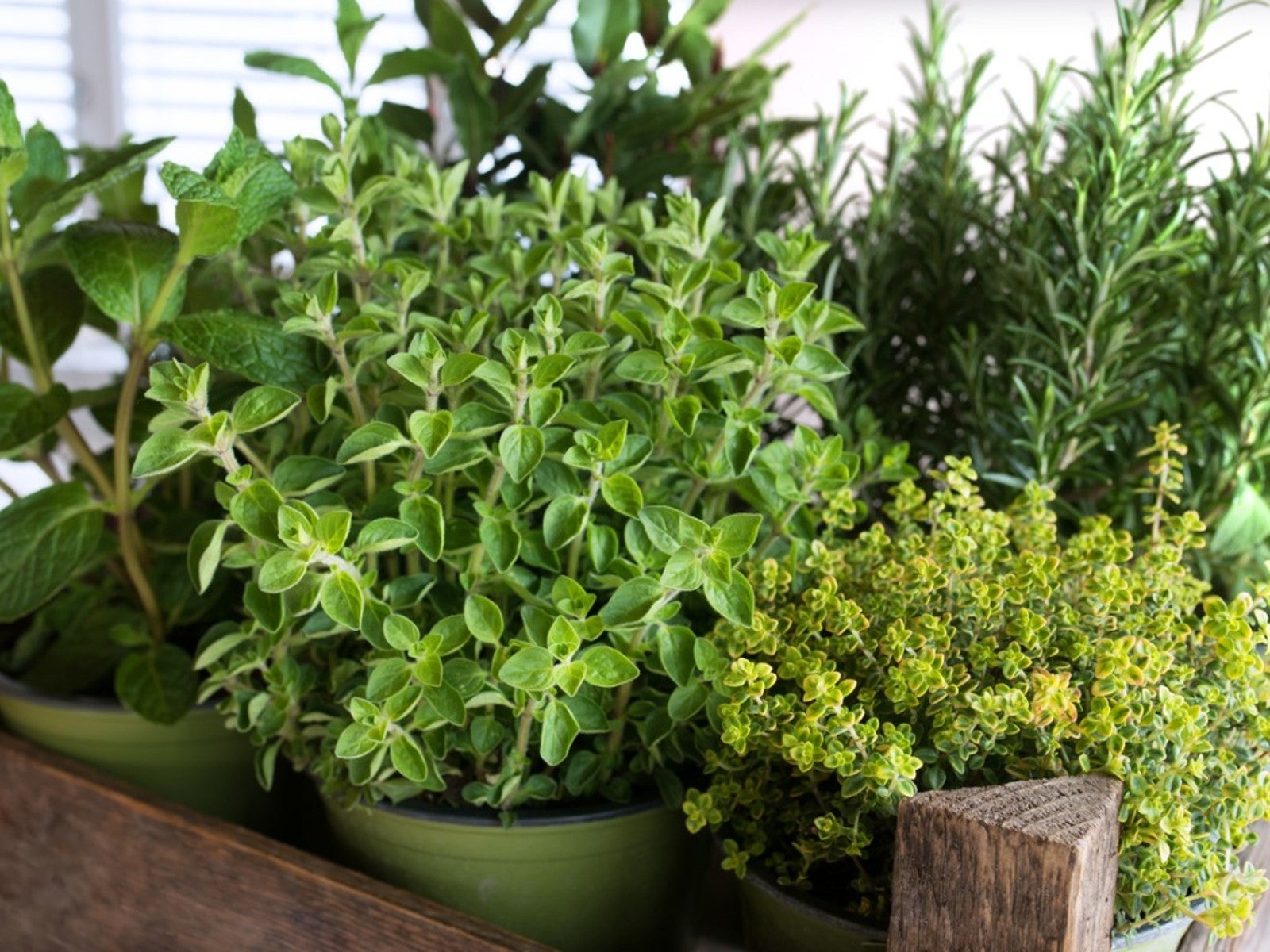 10 Easy Herbs For Beginners
10 Easy Herbs For BeginnersIf you’re new to herb growing, there are some perfect beginner herbs that are low maintenance and easy. Here are our top ten.
By Mary Ellen Ellis
-
 How To Make A Rain Gutter Herb Garden
How To Make A Rain Gutter Herb GardenOne really fun look outside the box is a hanging rain gutter herb garden. A gutter planter is a unique way to house and showcase plants.
By Bonnie L. Grant
-
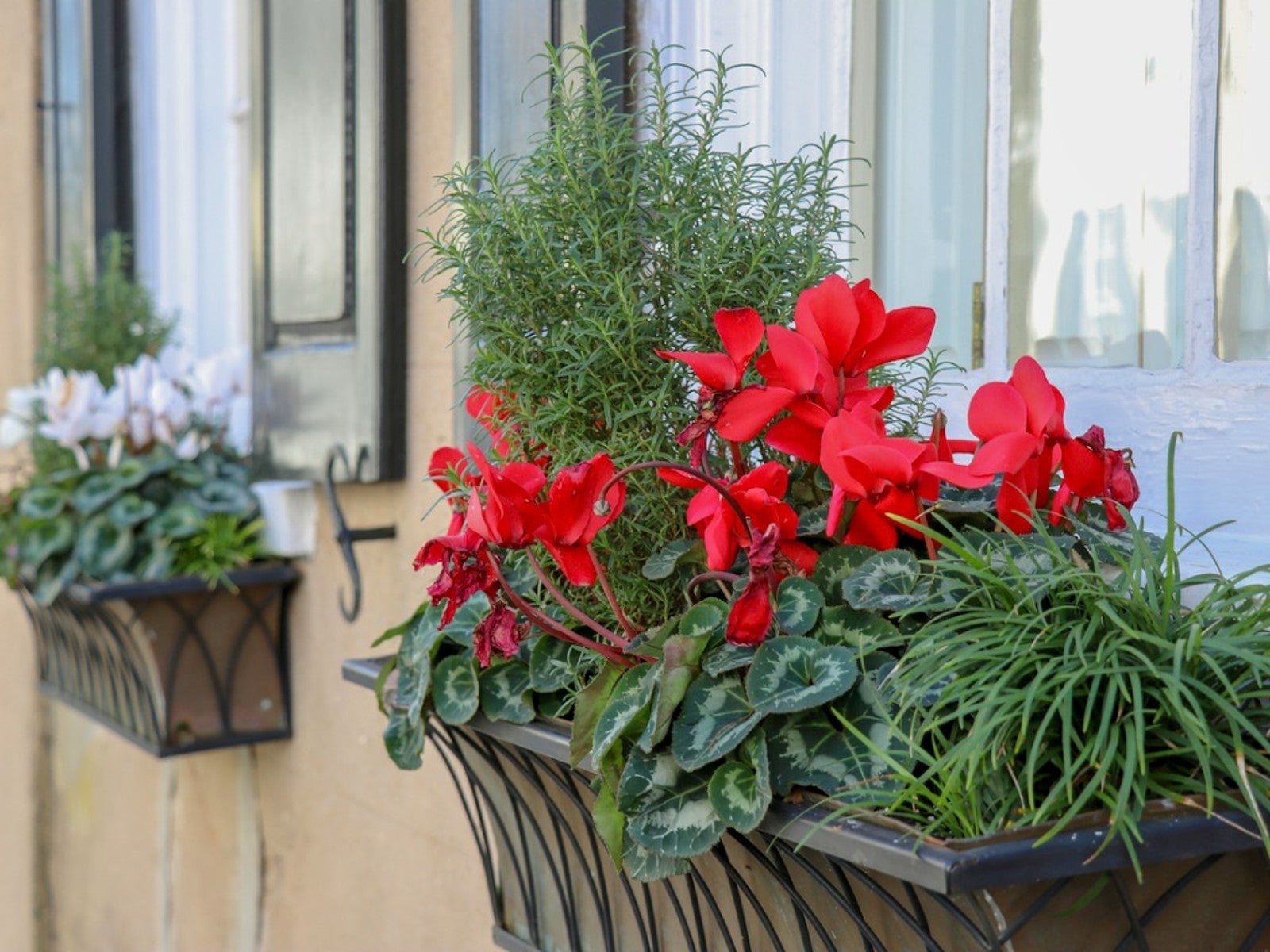 Grow A Beautiful, Edible Herb Window Box
Grow A Beautiful, Edible Herb Window BoxGrowing herbs in window boxes is a space-saving method for producing culinary ingredients for kitchen use. Click for more.
By Laura Miller
-
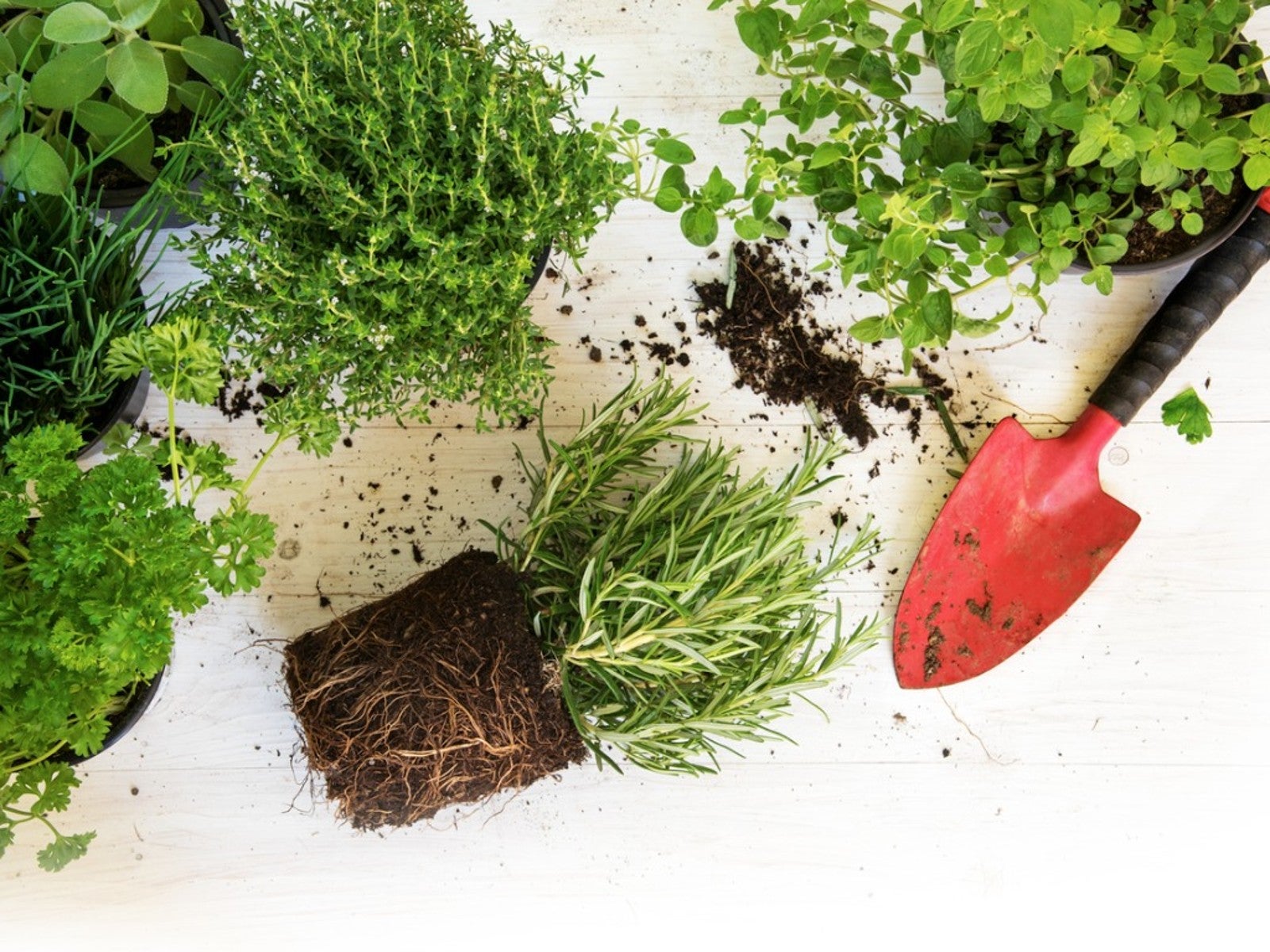 Best Herbs To Direct Sow Vs. Start Indoors
Best Herbs To Direct Sow Vs. Start IndoorsKnowing when to buy herb plants or start them from seeds or cuttings is essential to your success. Read on to learn more.
By Laura Miller
-
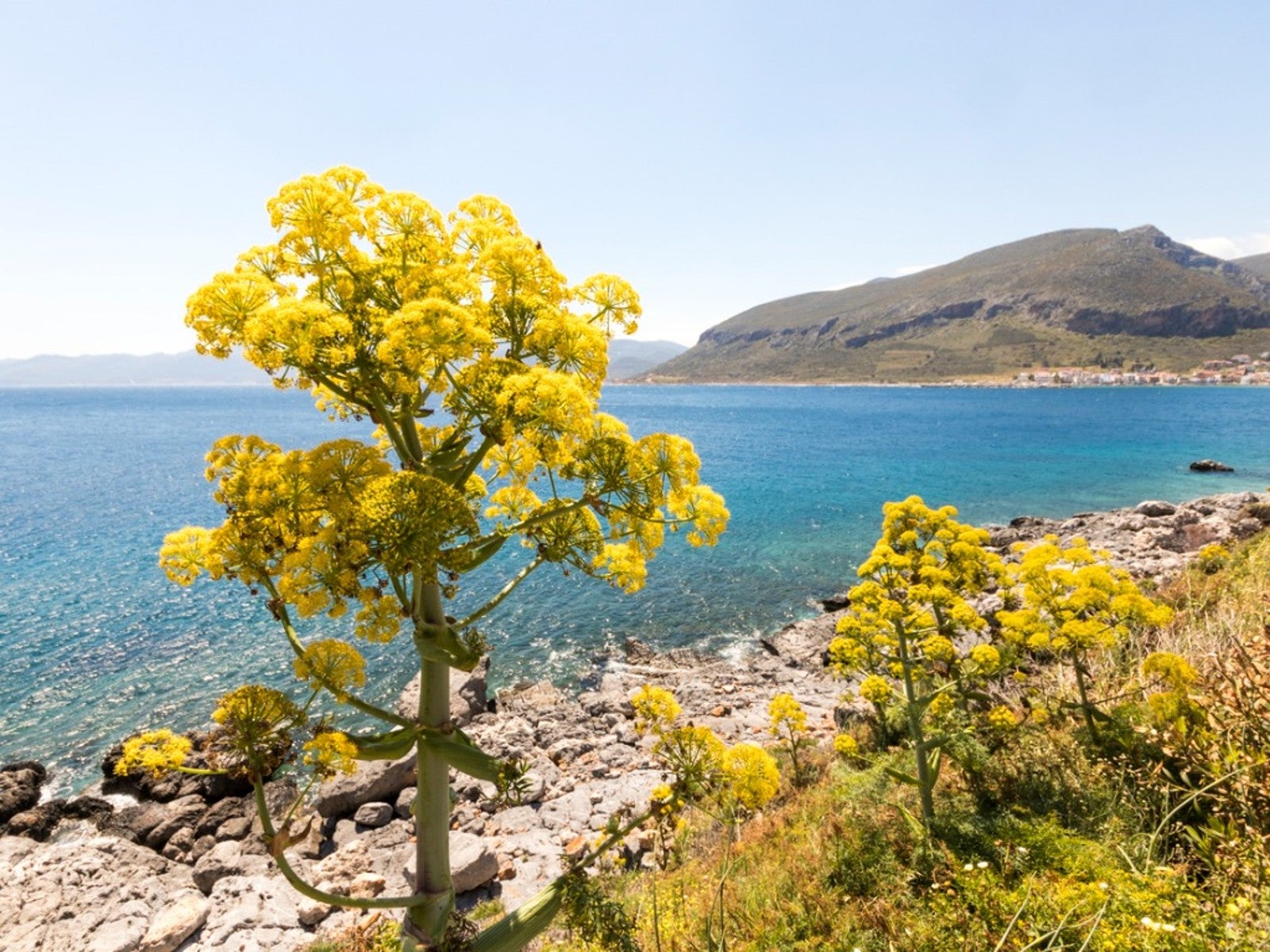 Learn About The Highly Prized Silphium Herb
Learn About The Highly Prized Silphium HerbWhat if there was a perfect plant? In ancient times such a treasure existed. It was the silphium plant.
By Laura Miller
-
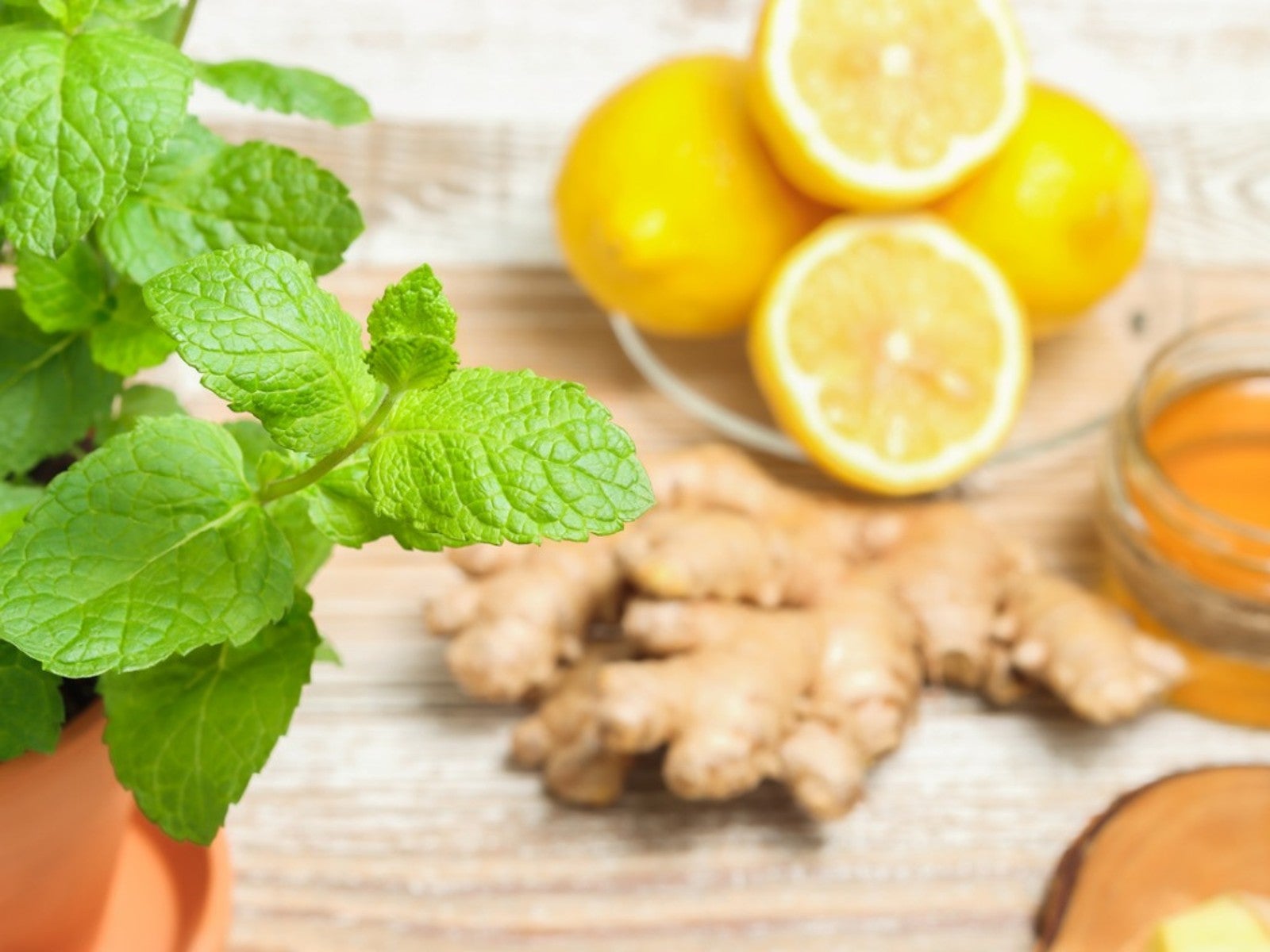 Grow Healing Herbs Indoors: Combat Winter Illness With A Medicinal Garden
Grow Healing Herbs Indoors: Combat Winter Illness With A Medicinal GardenIf you are growing medicinal plants at home, did you know you also can grow an indoor medicinal herb garden? Read on for more.
By Susan Albert
-
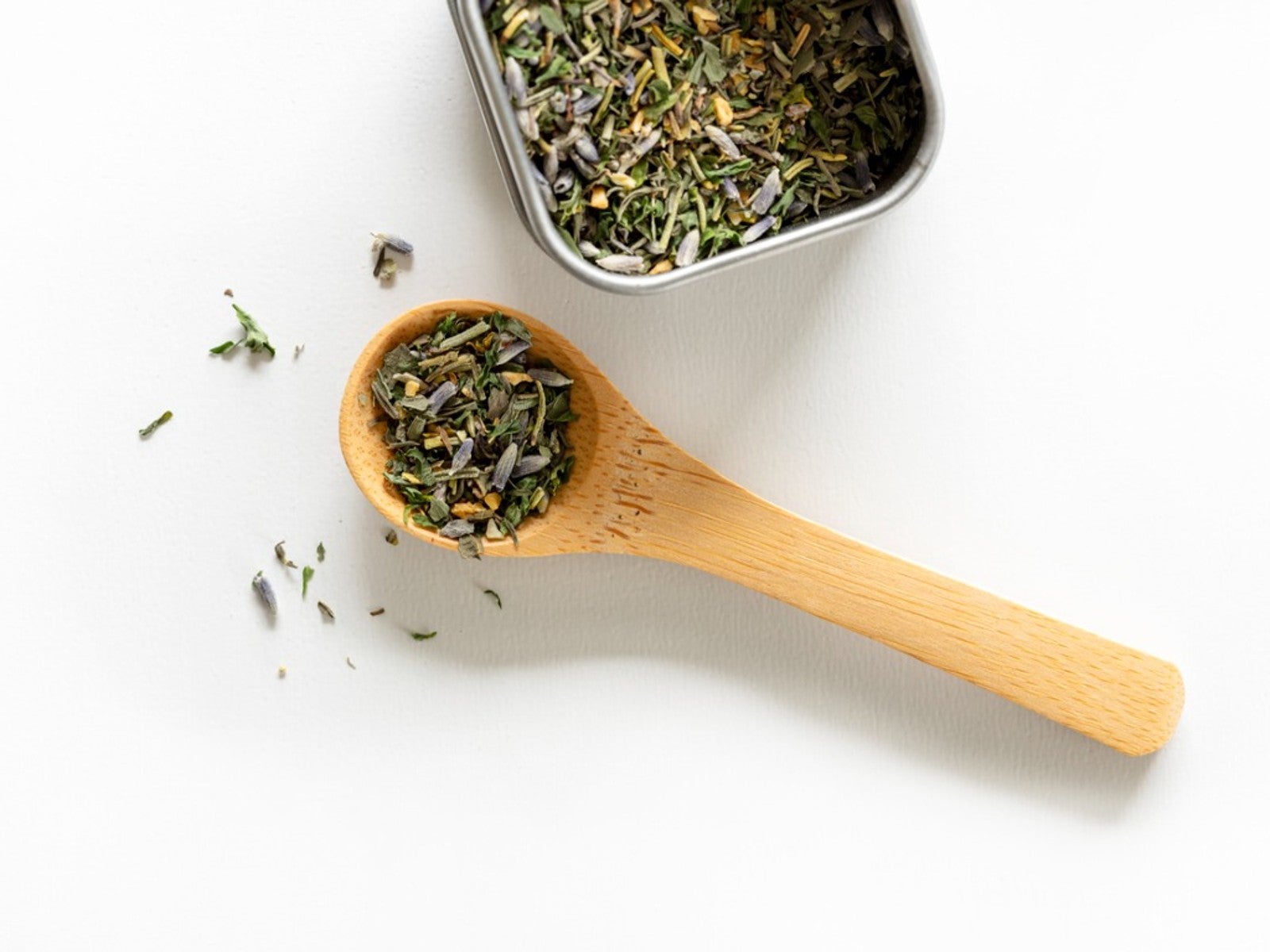 Grow Your Own Herbes De Provence - How To Grow, Dry, And Store Herbs
Grow Your Own Herbes De Provence - How To Grow, Dry, And Store HerbsHomemade gifts can add that special touch to any occasion, such as a jar of herbes de provence. Click here to learn how to grow and make your own for gifting.
By Laura Miller